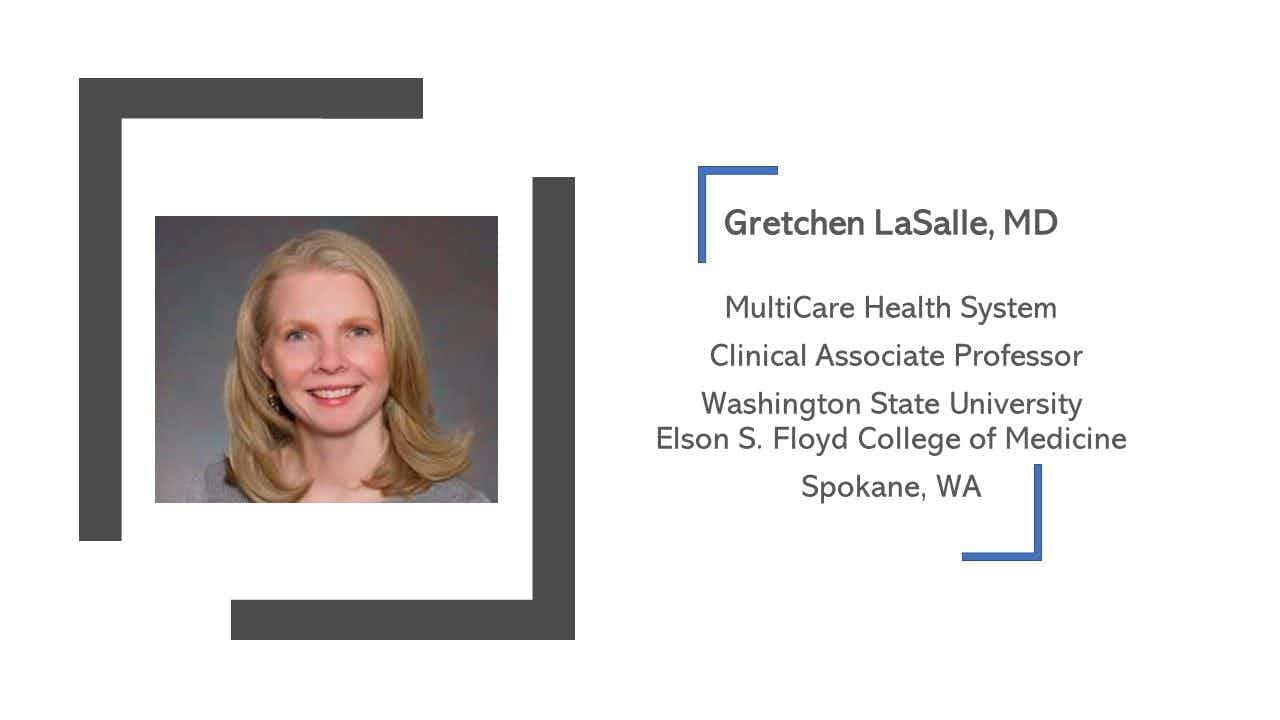Updates in ID for PCPs: 5 Questions
How prevalent is use of antibiotics without a prescription? Why do patients hesitate to be vaccinated? Plus, 3 more questions on ID research that may affect primary care.
Prevalence of antibiotic use without a prescription and reasons for hesitation around vaccination are subjects of 2 recent studies with implications for primary care. Take this short test on the findings from these and 4 other timely investigations into infectious diseases that may affect clinical care in your practice.
1. In a recent scoping review of nonprescription antibiotic use, what was the prevalence of intention to use antibiotics without a prescription?
A. 5%
B. 10%
C. 25%
D. 50%
Please click below for answer, discussion, and next question.
Answer: C. 25%. Prevalence of nonprescription antibiotic use varied from 1% to 66% and storage of antibiotics for future use from 14% to 48%. Sources of nonprescription antibiotics included previously prescribed courses, local markets and stores, and family and friends. Contributing factors included easy access to under-the-counter sales, difficulty accessing the health care system, costs of physician visits, long waiting periods in clinics, and transportation problems.
2. The US Preventive Services Task Force (USPSTF) recently recommended screening in pregnant women for which hepatitis virus?A. Hepatitis A
B. Hepatitis B
C. Hepatitis C
D. Hepatitis D
E. Hepatitis E
Please click below for answer, discussion, and next question.
Answer: B. Hepatitis B. The USPSTF reaffirmed its 2009 recommendation for screening pregnant women for hepatitis B virus at their first prenatal visit after a targeted review of the benefits and harms of screening determined that the net benefit continues to be well established.
3. In a recent trial of hepatitis C virus (HCV) treatment for people who inject drugs (PWID), HCV was undetectable in how many patients at end of treatment and 12 weeks later?A. 23.1% and 18.4%
B. 49.6% and 44.9%
C. 71.3% and 67.2%
D. 96.8% and 89.7%
Please click below for answer, discussion, and next question.
Answer: D. 96.8% and 89.7%. The authors found that it’s feasible to recruit active PWID for HCV treatment and achieve high retention, viral response, and satisfaction with modified directly-observed or unobserved ledipasvir-sofosbuvir protocols.
4. Older patients with encephalitis are likely to have which profile compared with younger patients?
A. Lower prevalence of HIV, higher prevalence of comorbidities, more adverse clinical outcomes
B. Higher prevalence of HIV, lower prevalence of comorbidities, fewer adverse clinical outcomes
C. Lower prevalence of HIV, lower prevalence of comorbidities, more adverse clinical outcomes
D. Higher prevalence of HIV, higher prevalence of comorbidities, fewer adverse clinical outcomes
Please click below for answer, discussion, and next question.
Answer: A. Lower prevalence of HIV, higher prevalence of comorbidities, more adverse clinical outcomes. In a retrospective cohort study of encephalitis, patients aged ≥65 years also were less likely than younger patients to receive adjuvant steroids and more likely to have a positive arbovirus serology, a positive herpes simplex virus polymerase chain reaction, and abnormal computerized tomography findings.
5. In a recent study of vaccination hesitancy, willingness to take the Ebola vaccination was positively associated with which factors?
A. Younger age and higher education level
B. Fear, trust, and exposure expectancy
C. White race and female sex
D. Social, economic policy, and legal or physical matters
Please click below for answer and discussion.
Answer: B. Fear, trust, and exposure expectancy.Investigators used data from a national random sample of 1018 US adults to construct a 3-item Exposure Expectancy Scale to measure the degree of respondents’ expectancy of a potential nearby Ebola outbreak. Willingness to take the Ebola vaccination was associated with a generalized sense of fear, trust in the government’s ability to control an outbreak, and expectation of a potential outbreak that is imminent and proximate.
For more information on all questions and answers, please visit “Infectious Disease Snapshots: 6 Studies for Primary Care.”







